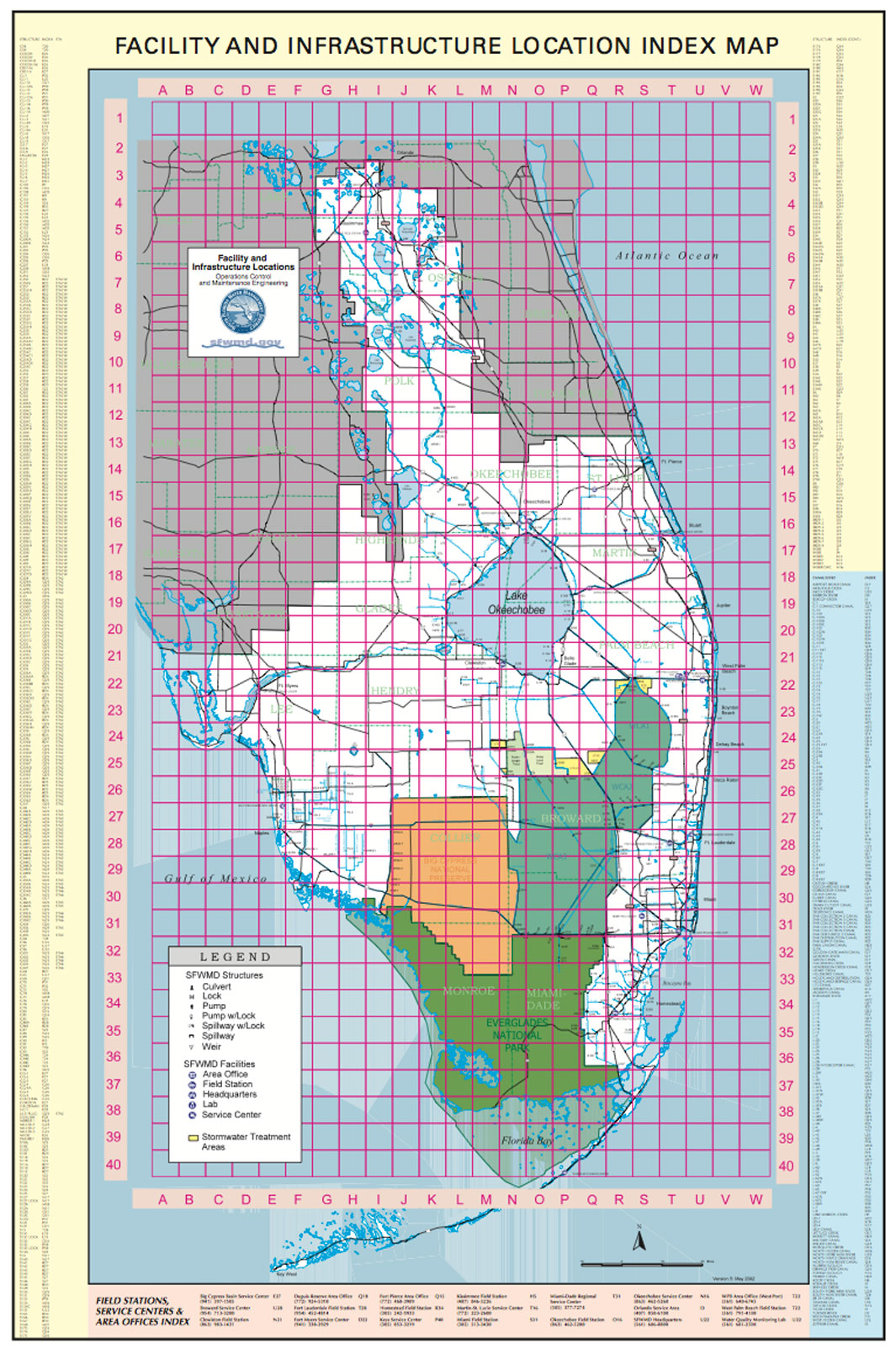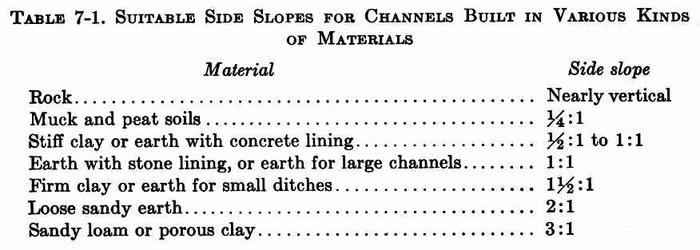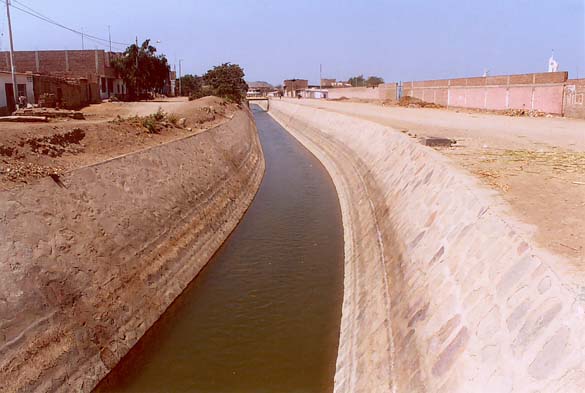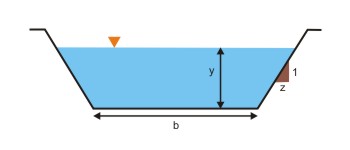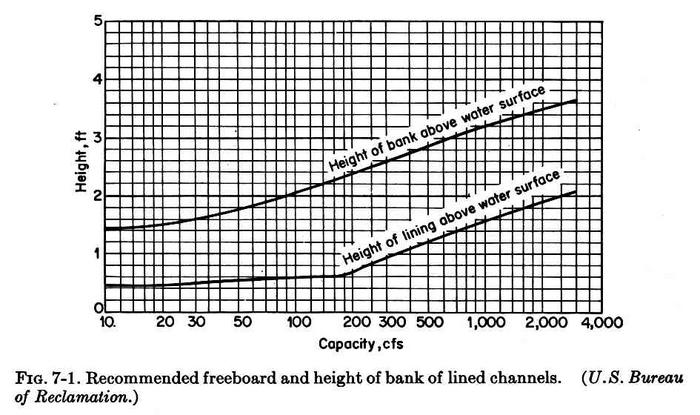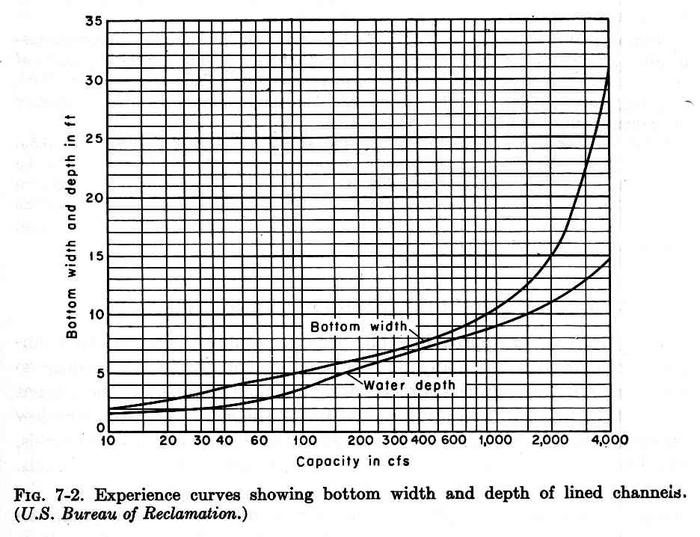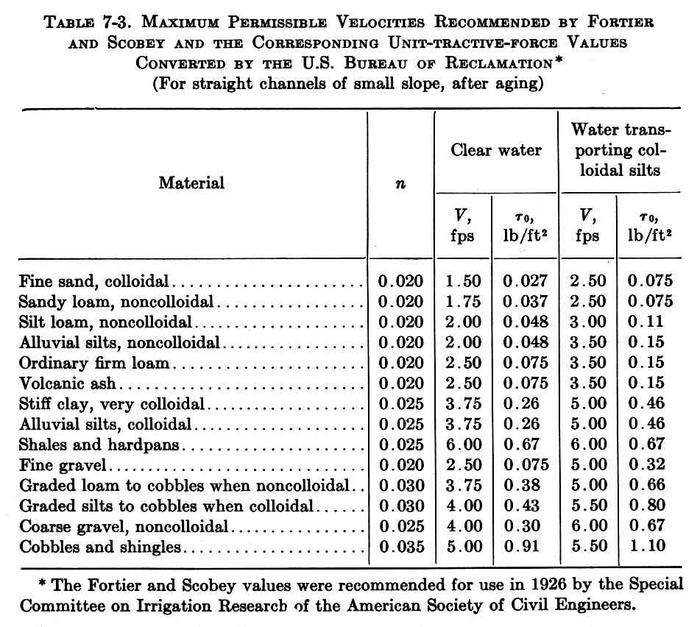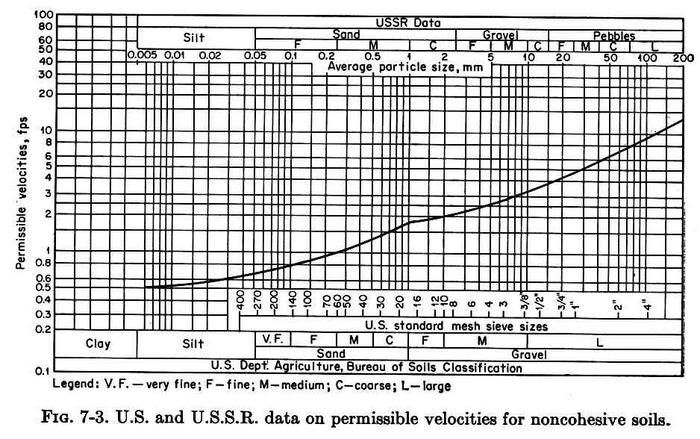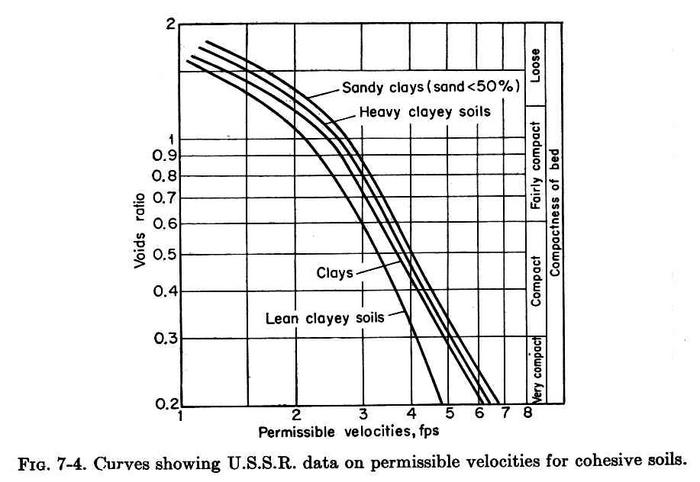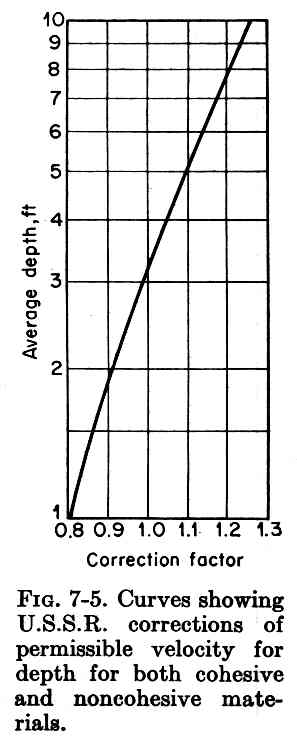|
|
CIVE 530 - OPEN-CHANNEL HYDRAULICS
LECTURE 7A: DESIGN OF CHANNELS FOR UNIFORM FLOW I
|
|
7.1 NONERODIBLE (LINED) CHANNELS
|
- Lined channels can withstand erosion, and are considered nonerodible.
- In designing nonerodible channels, the following considerations are taken into account:
- Use of a uniform flow formula
- Hydraulic efficiency
- Practicality
- Economy
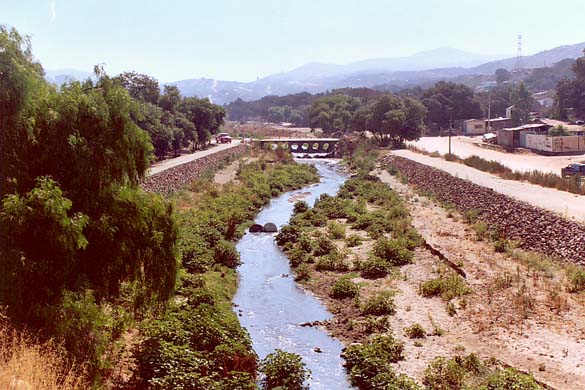
Tecate Creek, Baja California, Mexico.
|
|
-
In designing nonerodible channels, the following factors are taken into account:
- Kind of material forming the channel body, which determines the roughness.
- Minimum permissible velocity, to avoid sediment deposition.
- Channel bottom slope.
- Channel side slopes.
- Freeboard.
- The most efficient section.
- The nonerodible materials can be:
- Concrete
- Stone masonry
- Steel
- Cast iron
- Timber
- Glass
- Plastic
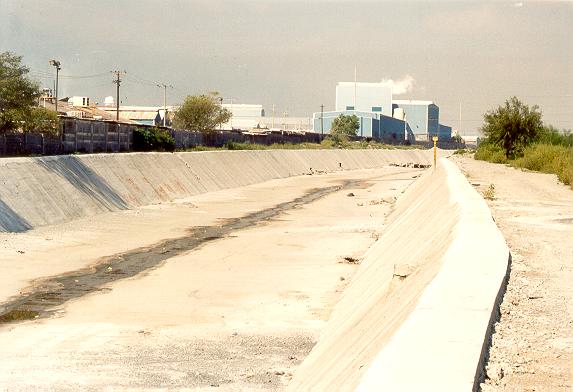
Rio Santa Catarina, Monterrey, Nuevo Leon, Mexico.
|
|
|
7.3 MINIMUM PERMISSIBLE VELOCITY
|
- The minimum permissible velocity, or the nonsilting/nonsettling velocity, is the minimum velocity below which sedimentation will start
and aquatic plants will grow.
- This velocity is uncertain.
- All water carries a certain amount of sediment (fresh water has typical values of 200 ppm).
- A velocity of 2-3 fps (0.6-0.9 m/s) may be used safely when the percentage of sediment present in the channel is small (normal case).
- A minimum velocity of 2.5 fps (0.75 m/s) will prevent the growth of vegetation.
- Flows with Froude number less than 0.08 need to be checked to assure lack of sedimentation of sands.
- In flat terrain, the longitudinal slope of a channel is governed by the topography.
- The actual design slope may depend on the purpose of the channel.
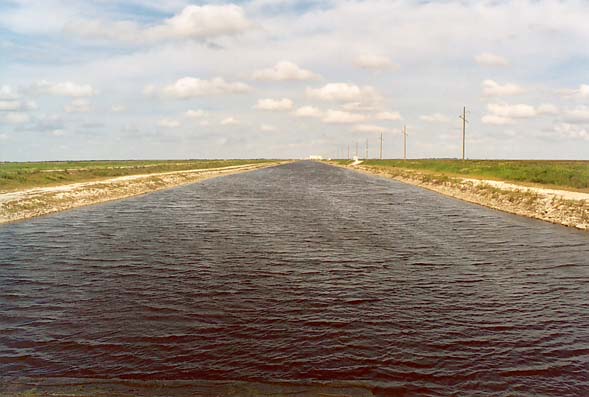
G-370 Canal, South Florida.
|
|
- For example, channels used for irrigation and hydropower require small slopes, in order not to lose too much head during water transport.
- Side slopes depend on the kind of material.
|



